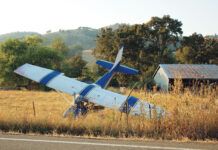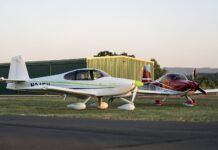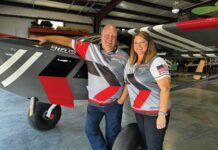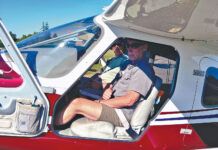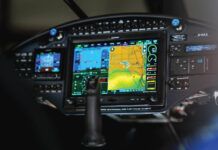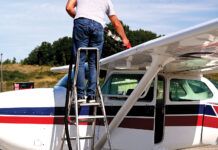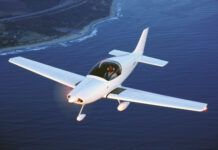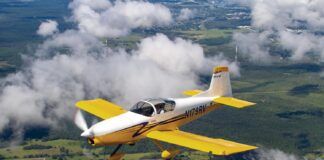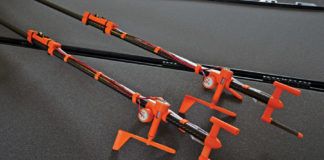This issue, we have taken the opportunity of the Vans RV-8 cover subject-an airplane arguably at or near the top of most pilots list of great handling aircraft-to further consider the issue of flying qualities. Now, I can see some of you, rolling the eyes, wondering just what in the heck were doing diving into such murky waters, where subjective impressions can be skewed by scientific study and documented facts, and, for that matter, the other way around. Its a subject Im fond of because good handling underlies why many of us elect to build aircraft rather than buy certified birds. The Federal Aviation Regulations governing aircraft design and production are based on a long history of trying things and watching what doesn’t work, but as a body of work they also create a doctrine in which aircraft must be designed for the lowest common denominator pilot-in many ways, dumbed down. Made safe. For every pilot who has wrestled a forward-loaded Cessna 210 onto the runway in a gusty crosswind and was still perspiring 20 minutes later from the physical exertion…you know what I mean. The big problem discussing handling is, indeed, the subjective part. Pilots who have not flown a great many types are typically unaware of the boundaries. They are, in the true definition of the word-not the derogatory meaning-ignorant of whats out there. Lord knows I was. The year was 1988, and Id just come onboard with AOPA Pilot magazine. A young pup with three digits worth of time in my logbook, I had the usual experiences with production Cessnas and Pipers, having learned in 150s and 152s and then graduating to the lusty 172 and even the fearfully powerful Piper Archer. Truly, I was ignorant. The first glint of perspective came when I got the assignment to write about the SIAI-Marchetti SF.260, a sleek fighter in training. The SF rocked my world. It was fast, light on the controls, finicky in the landing flare, and just overall a real beast to get on the good side of-or so I thought at the time. The importer, Frank Strickler, was a classic old-school type, calling my planes of reference squishy Cessnas and pudgy Pipers. On the landings, when I had given up too soon, hed squawk in the intercom, Whats the nosewheel for? And Id suggest it could be used to steer the airplane down the runway. No! Its for hooking a tow-bar to, now keep it off the runway! Years later, having by then flown quite a few different airplanes including a pile of Experimentals, I returned to the Marchetti. By then it felt dramatically easier to manage-Im choosing not to call it mastery-yet the strong points of its handling remained obvious: light-to moderate control forces, very little control-system friction so there’s practically no breakout force (the effort required to get the controls moving, which can be more than is required for the maneuver, resulting in a bauble) and a confidence inspiring pitch force gradient that is, I think, the perfect compromise between predictability and effort; you soon learn just how hard to pull for any given G loading. I commented to the owner on the airplanes tendency toward a high power-off sink rate with full flaps. Yeah, I suppose. But Im used to it. Same deal with the owner of a Socata Trinidad I used to fly. He liked the airplane overall but had few comments about its handling. I didn’t much care for the airplanes heavy ailerons, light (ish) pitch and very light, powerful rudder. Control harmony was not in the Trinidads French-to-English dictionary, though I always felt that the TB series could have been made dramatically better with some development effort. Does that make me just sound cranky? Perhaps. I prefer to call it discerning. Marc Cook has been in aviation journalism for 19 years and in magazine work for 25. He is a 3900-hour instrument-rated, multi-engine pilot with experience in nearly 150 types.Hes completed two kit aircraft, an Aero Designs Pulsar XP and a Glastar Sportsman 2+2. Around the Patch
Getting a handle on it.

